Teachers often look for ways to make math engaging. A number chart from 1 to 500? That's a handy tool but not easy to find in just the right format. Needing a printable version adds another layer of challenge. How do they get one that suits their classroom needs without spending too much time or money?
We design number charts to help with math learning, making it simpler to understand patterns and practice counting. This chart goes from 1 to 500, breaking down the numbers in easy sections to follow. Great tool for both classroom use or at-home learning, aiding in the visualization of numbers and their order. Helps kids get comfortable with numbers, big and small.
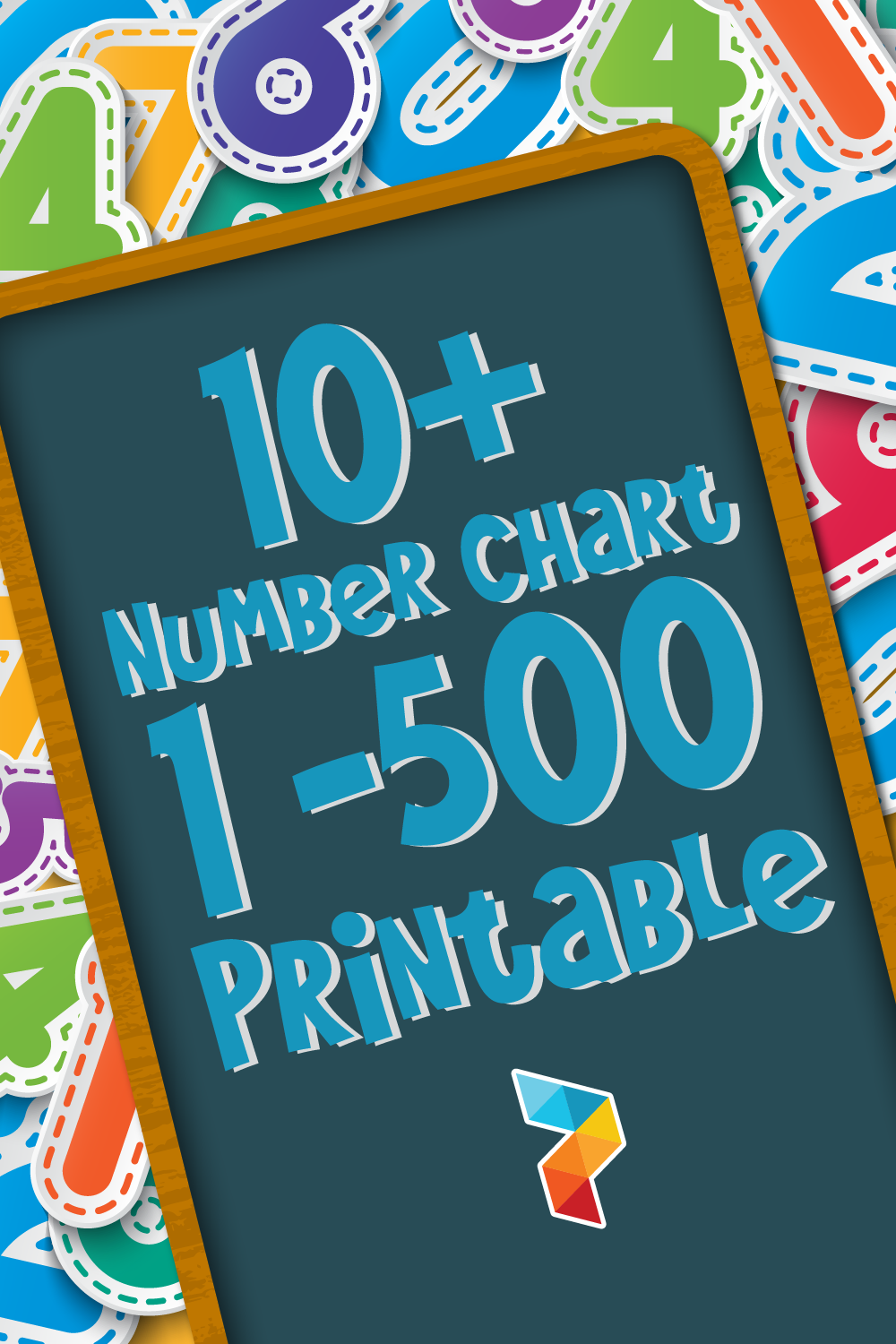
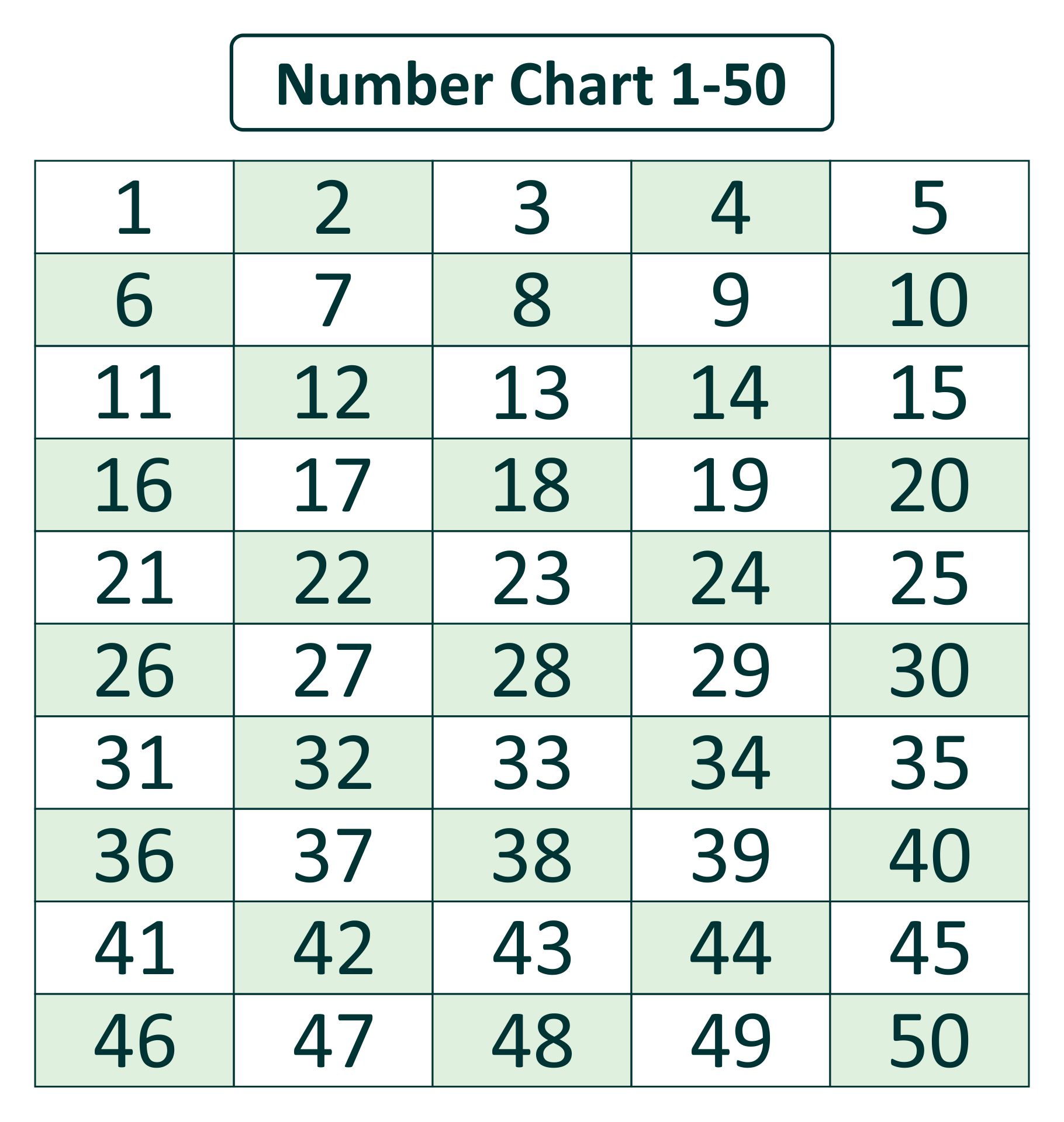
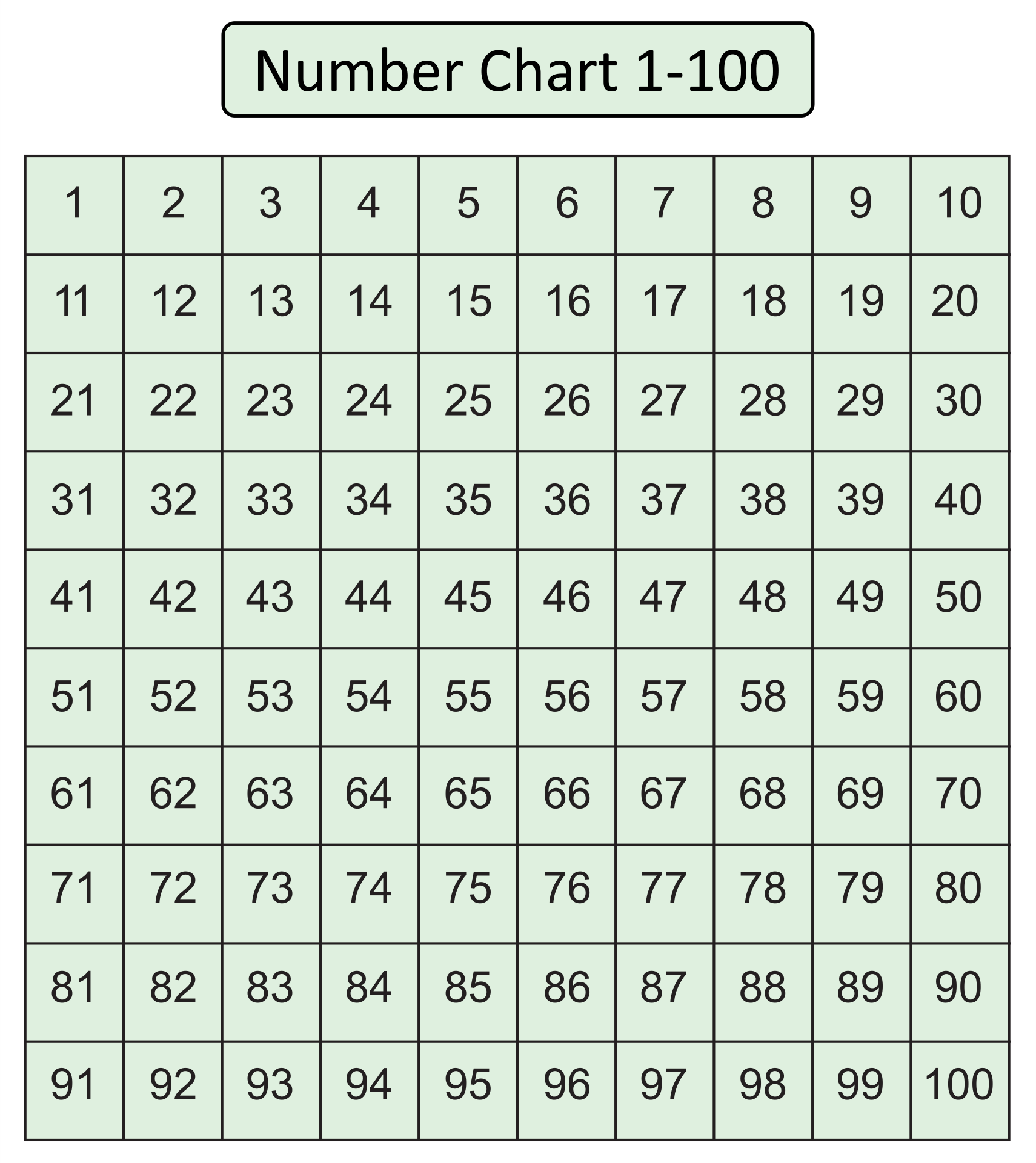
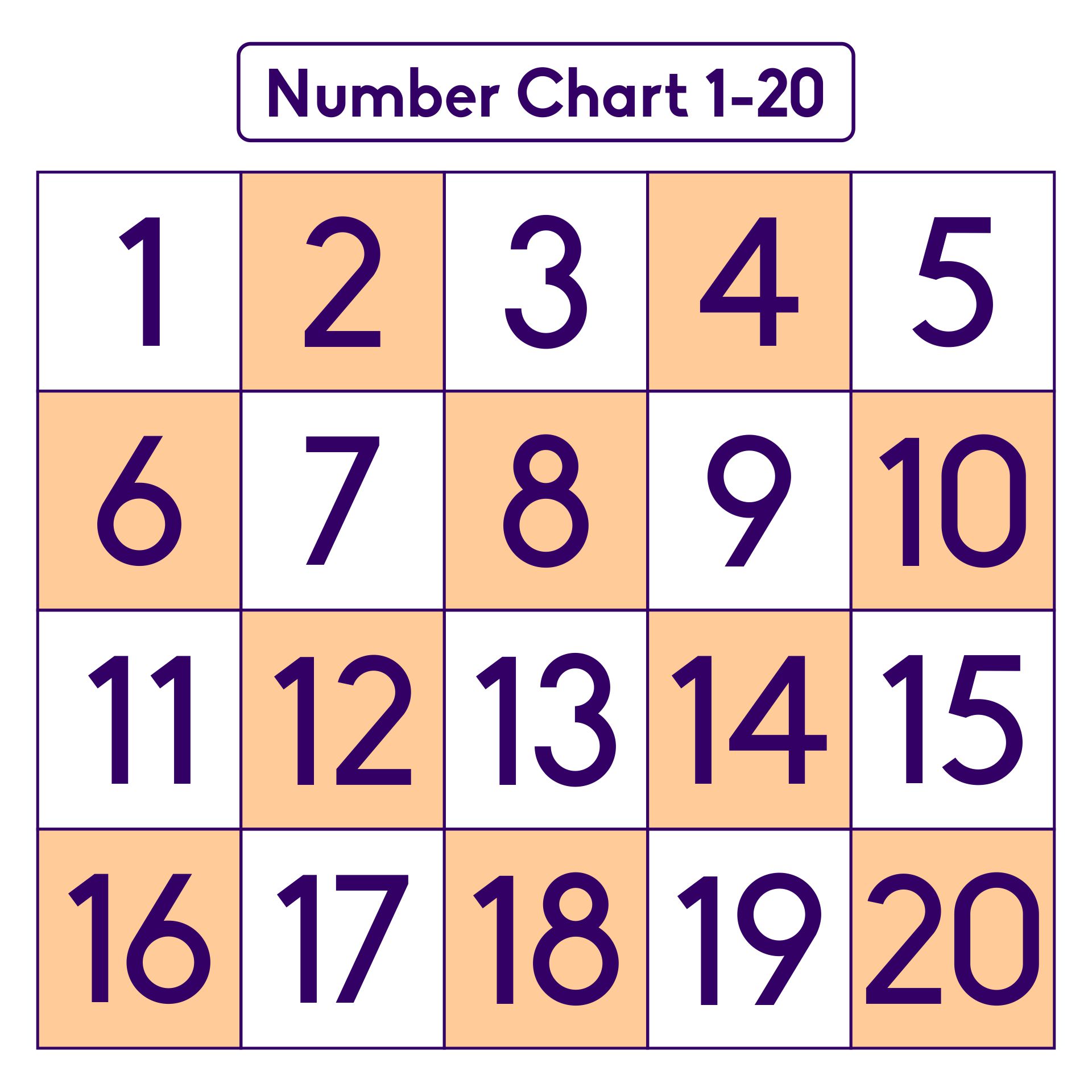
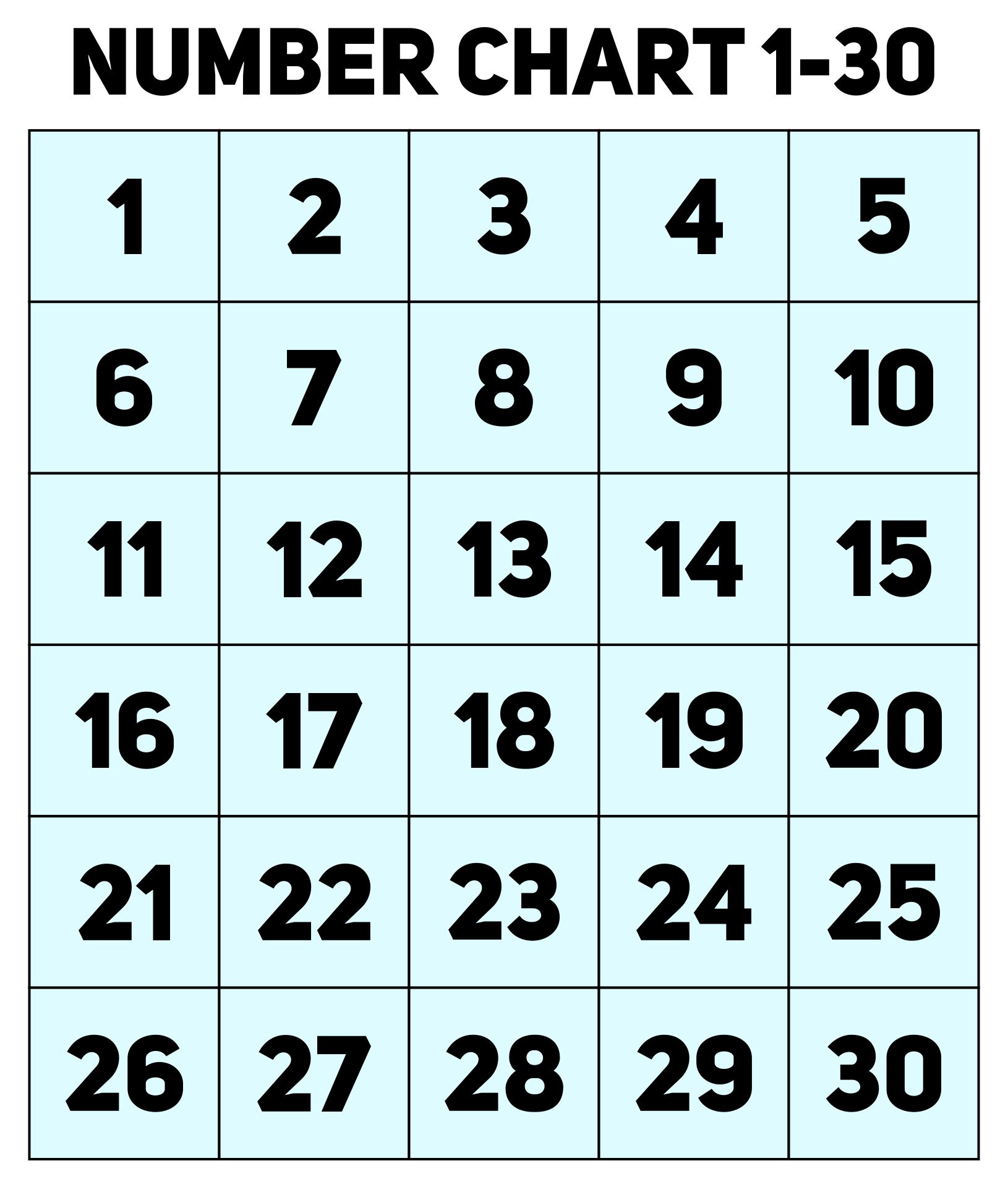
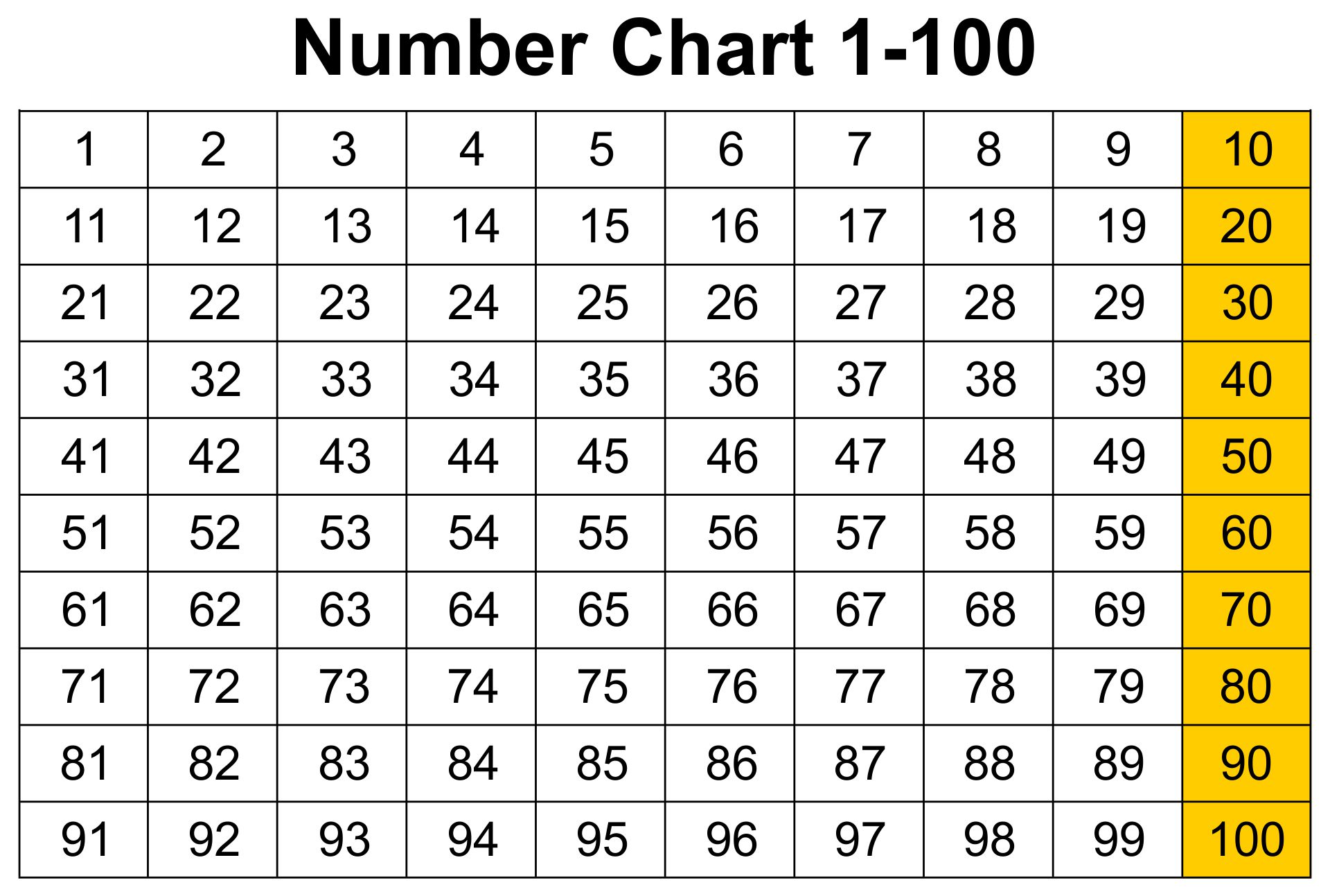
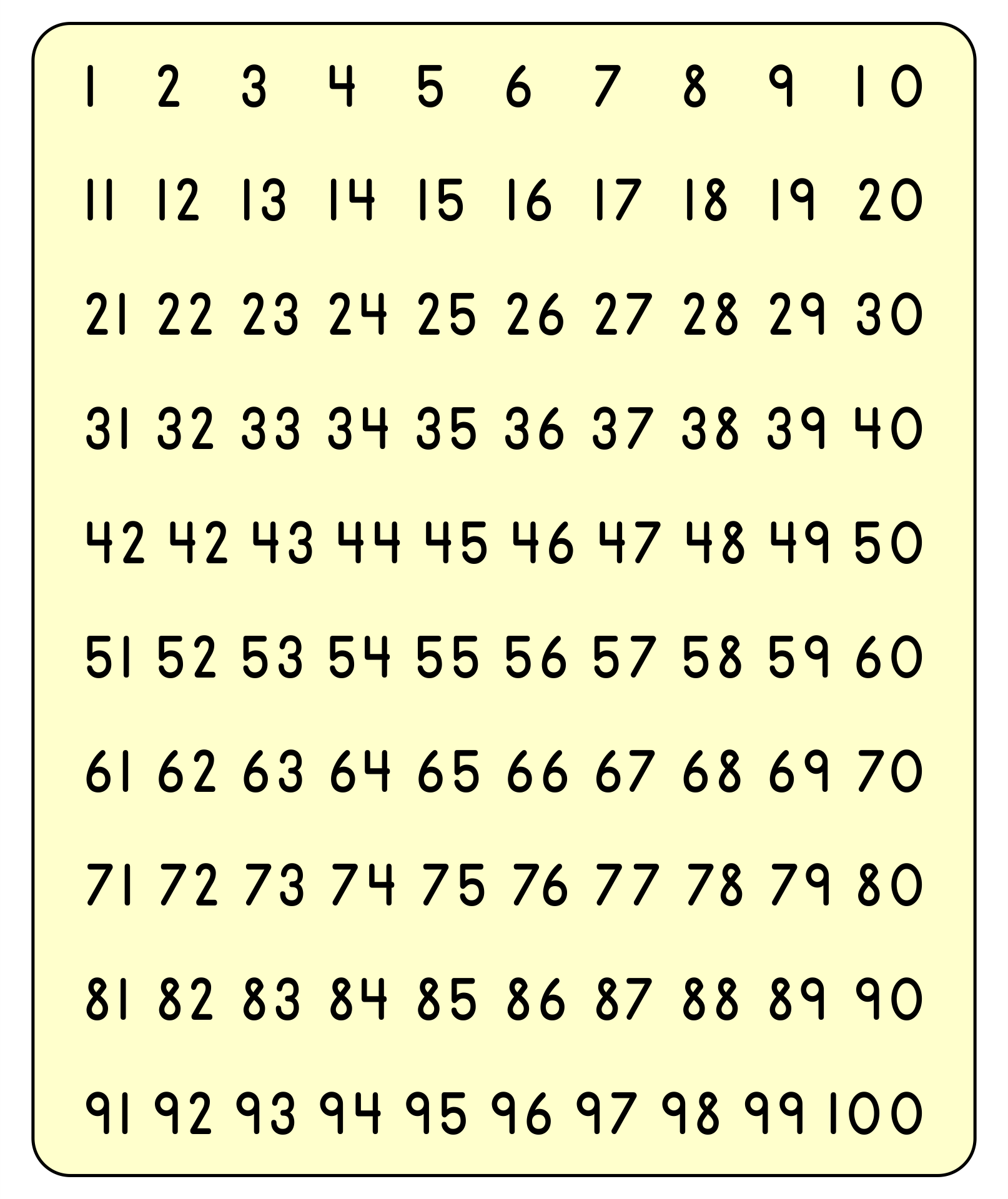
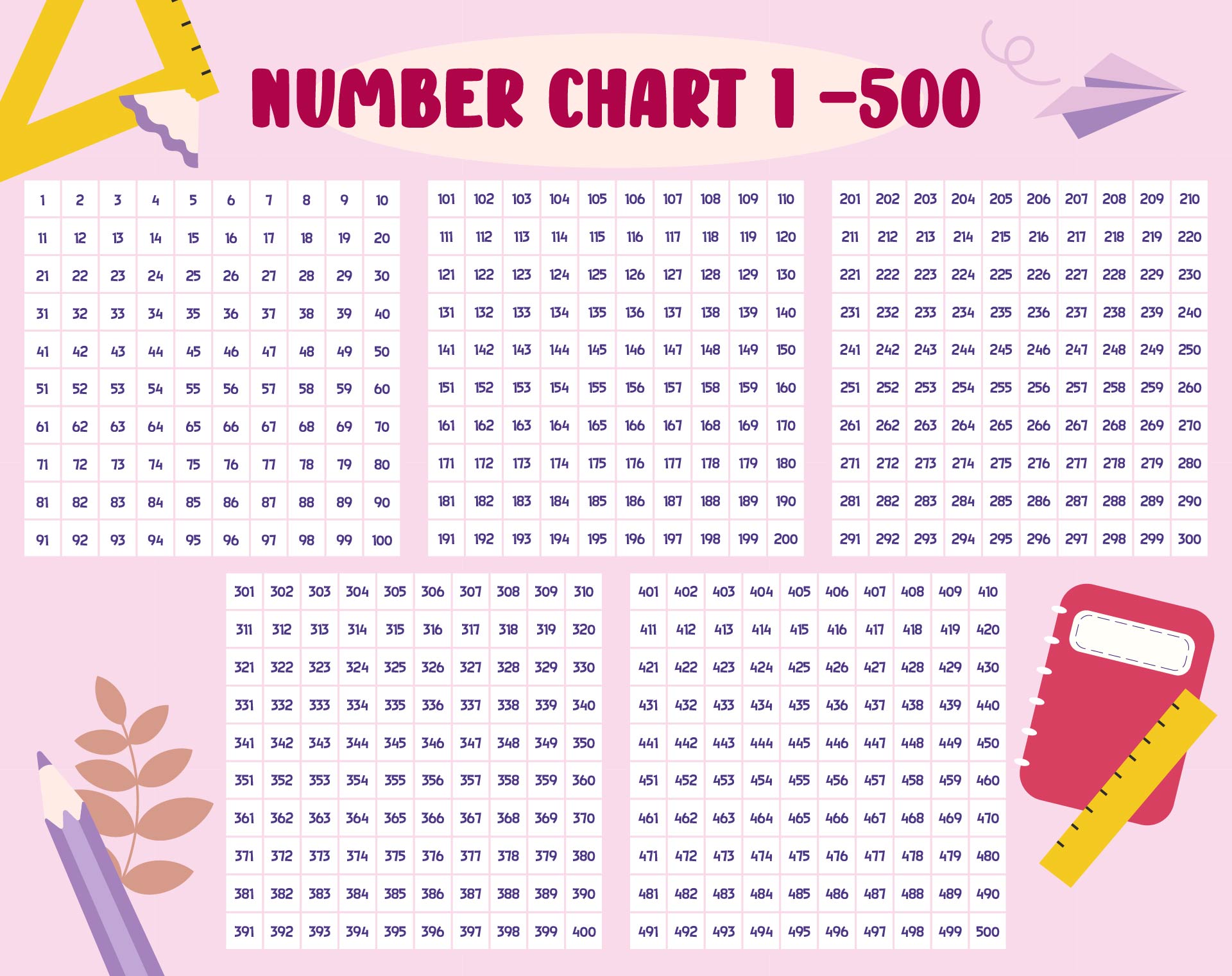
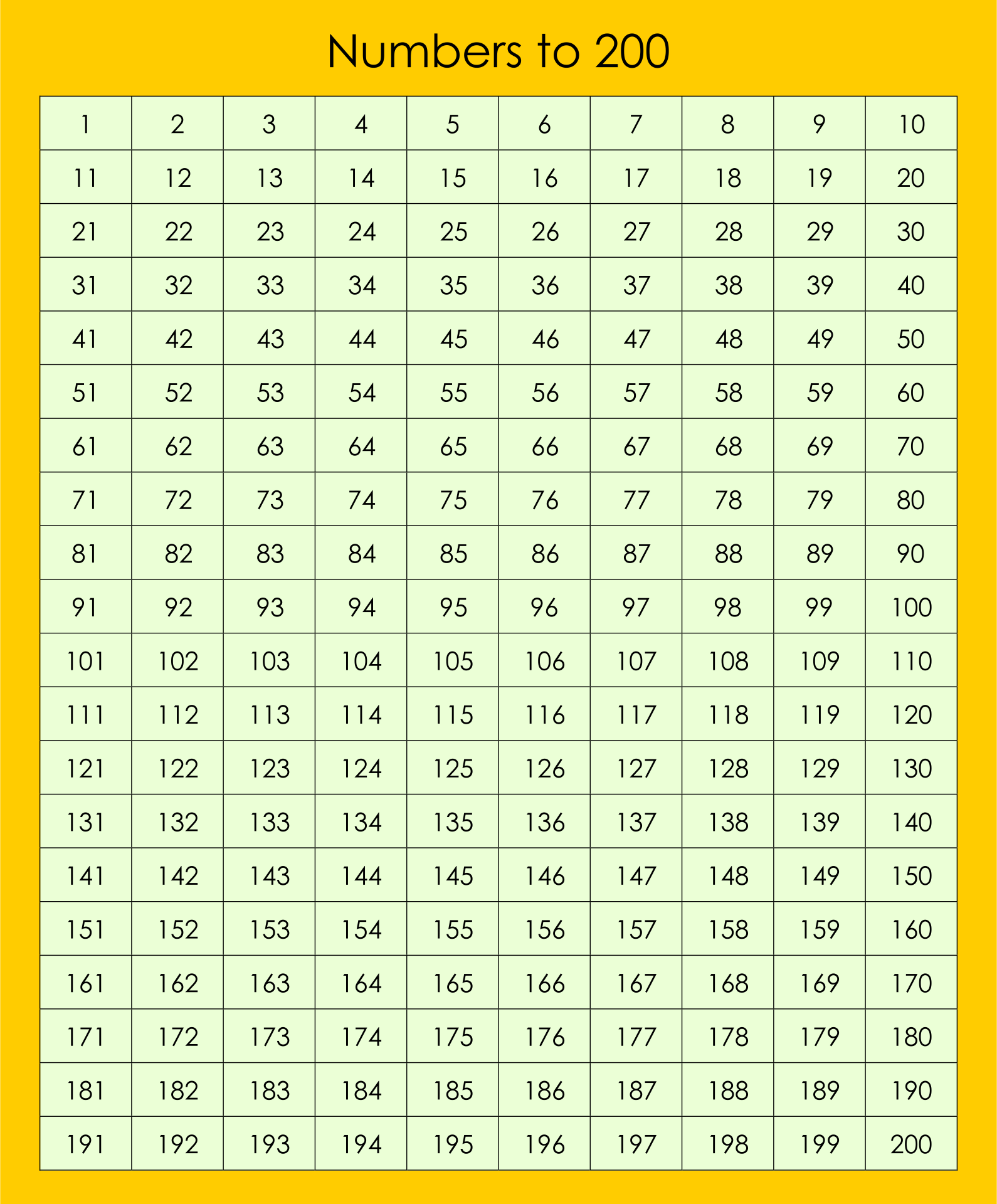
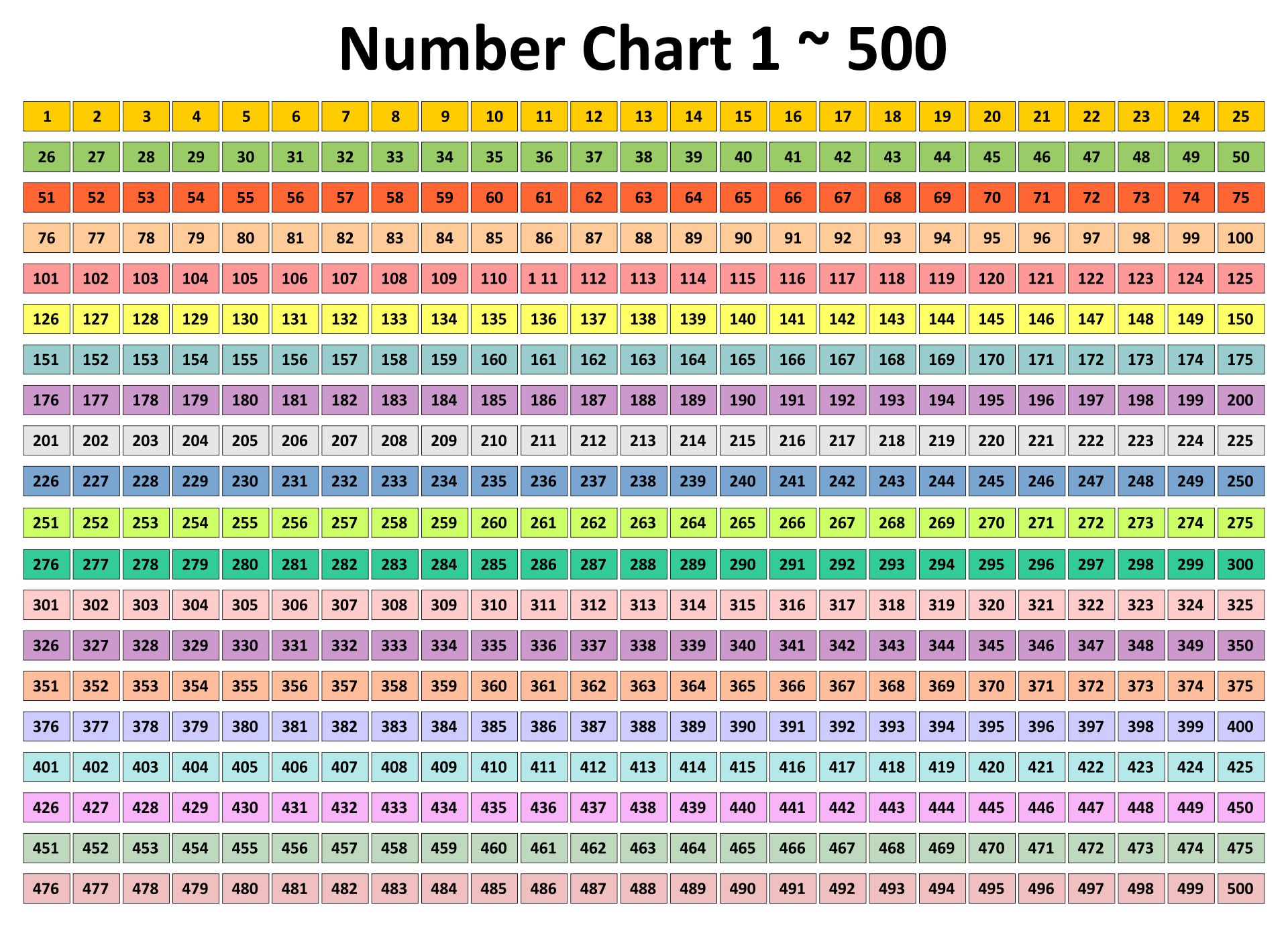
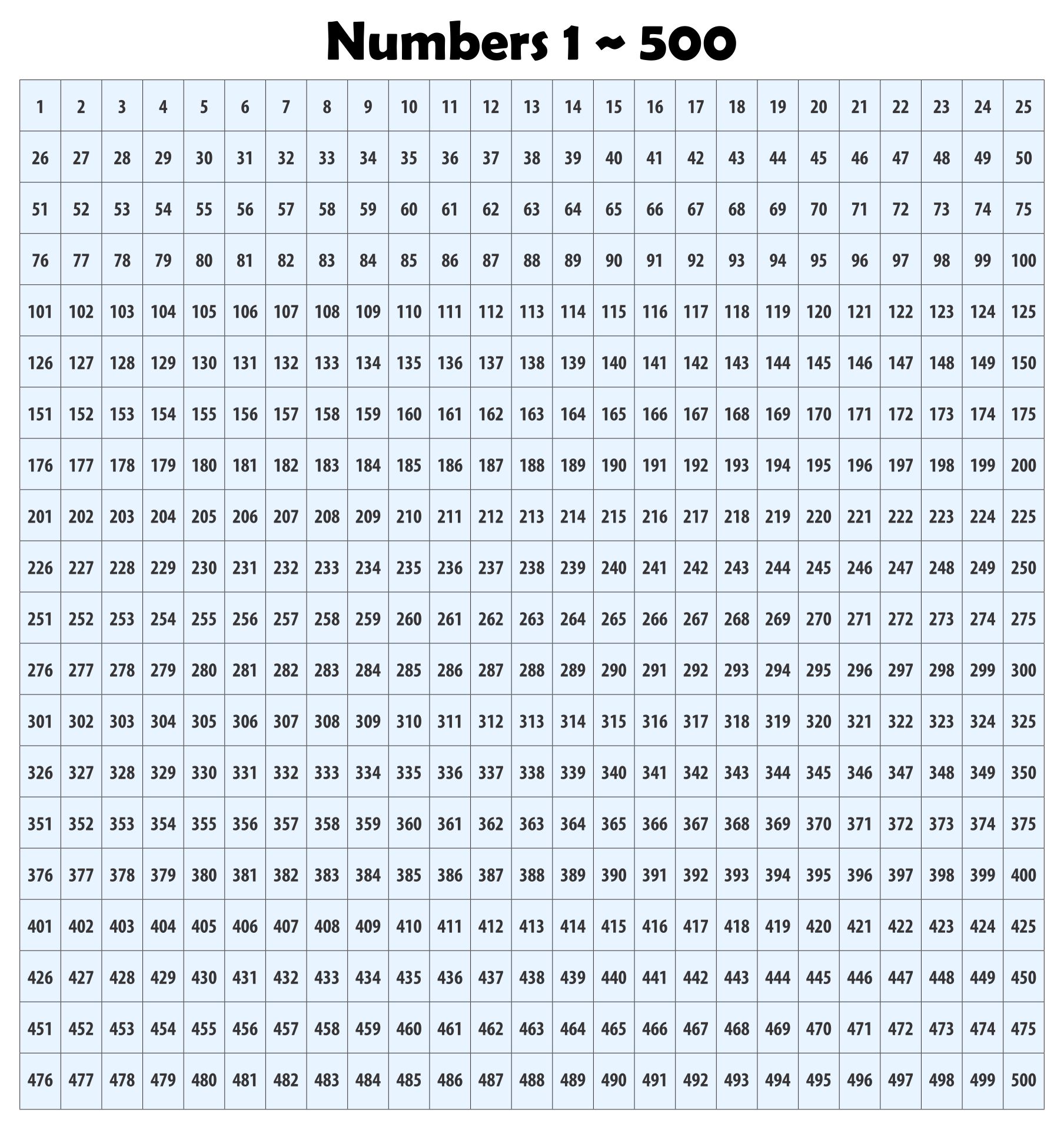
While the counting chart is a helpful tool, it is vital to combine it with additional teaching techniques and practical exercises to guarantee that students have a thorough comprehension of multiplication and division ideas.
One of the best techniques for teaching numbers to children is to use paint by number activities. Children have to color certain areas of the picture. There are numbers in each area. If children understand the concept of numbers, you can easily teach counting charts through multiplication and division.
Multiplication: Use the counting chart to illustrate multiples of a particular number graphically. This aids in their pattern recognition and comprehension of the multiplication idea.
Arrays and groups can be represented using a counting chart. Understanding multiplication as repeated addition is made easier by this graphic portrayal. The chart may be used to learn skip counting, which is a kind of multiplication.
Division: Learners can use the counting chart to visually illustrate equal sharing when introducing division. This makes it easier to comprehend division as the division of things into equal groups. Understanding the connection between division and multiplication is another benefit of using the counting chart.
Learners can recognize fact families by recognizing number patterns and the multiplication and division facts that go along with them. The chart can help in determining a number's factors. Learners can determine the factors by locating all the numbers that divide into a given number equally.
Problem-solving: Counting charts can be used as visual assistance while creating word problems that involve multiplication or division. The chart can be used by students to understand how division works and arrive at a solution.
You can use the counting chart as a guide when learning your multiplication facts. As they practice multiplication, students may see how certain numbers relate to one another.
Have something to tell us?
Recent Comments
I love that the Number Chart 1-500 Printable provides a clear and organized way to help children learn and practice their numbers. It's a convenient resource that can make math learning more engaging and effective!
The printable number chart from 1 to 500 is a useful educational tool that helps children learn and practice counting, as well as improving their number recognition skills.
Such a convenient and helpful resource for teaching numbers! It's great to have a printable chart that goes all the way up to 500. Thank you for making learning numbers so accessible and easy!